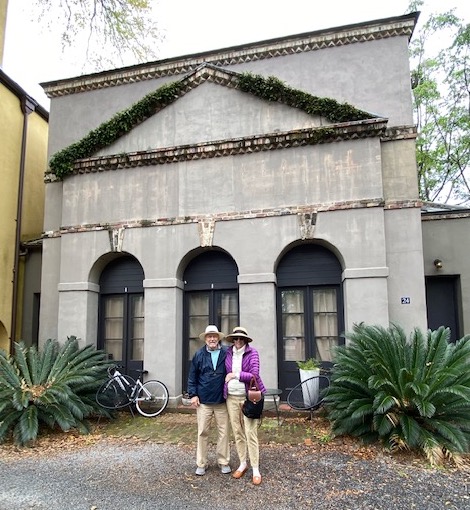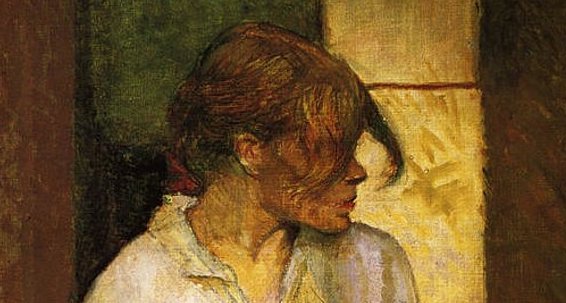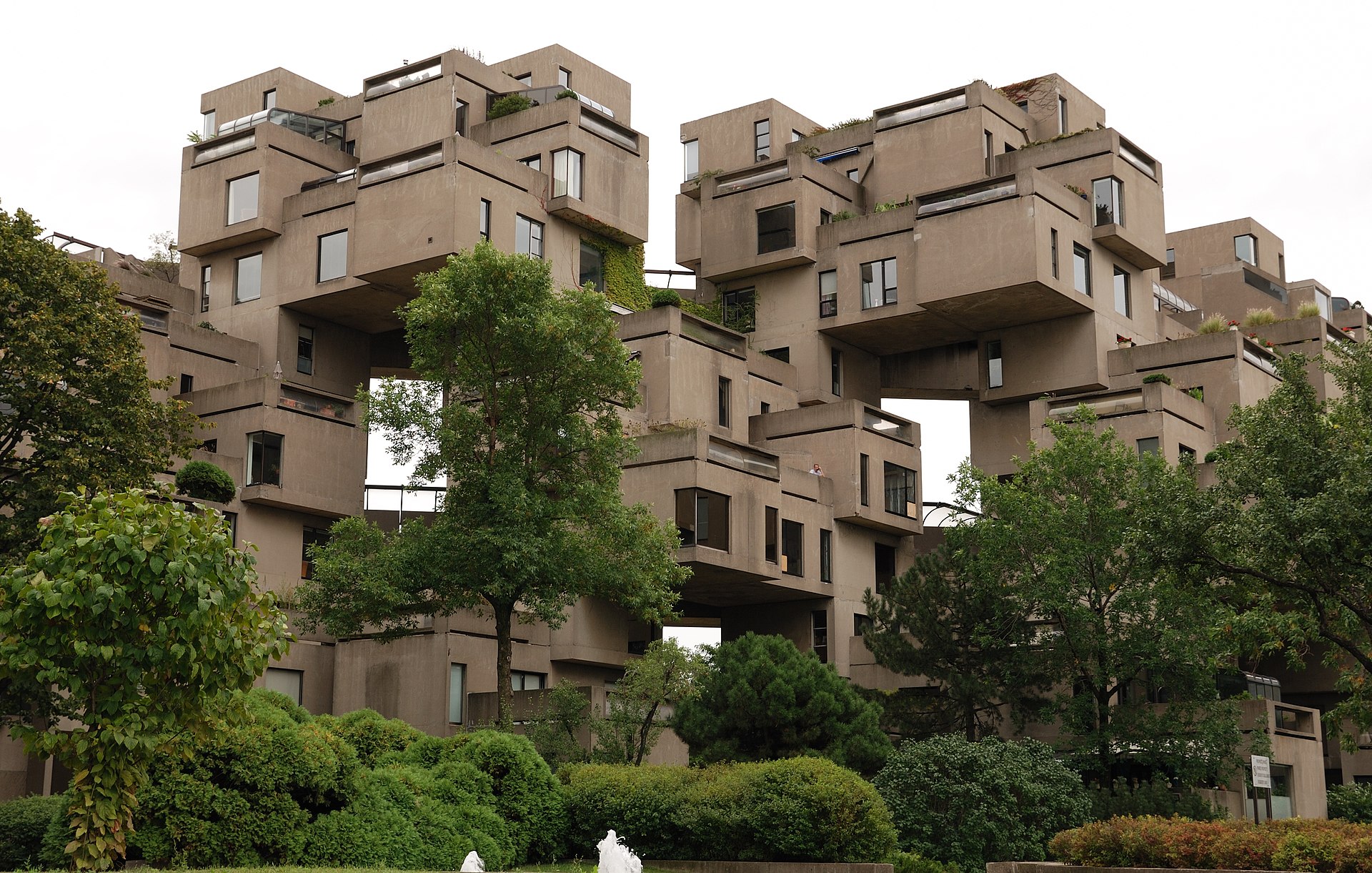
NOTHING BUT THE FACTS, MA’AM
When I started writing I found myself dealing with subjects about which I was not knowledgable: medieval history, economics, social mores. My habit was to go to the university library, find a relevant book in the card catalog, then go to that section of the stacks where I could leaf through many related books—old and new—on the same subject. I concentrated on reputable university and trade publishers, at least to start with. When I found a book that struck me as particularly apposite, I could make use of the writer’s reference notes and bibliography to dig deeper.
Of course the library had curated its collection, an advantage I no longer have with Google, which is more like a huge information scrap heap, some useful, most not. Google Books includes manuals, government directories, obscure indie publisher. Yet once in a while I can still find gold. But I still miss wandering in the stacks.
Which brings me to ChatGPT. I hear many enthusiasts saying that it is a wonderful replacement for Google. The parlor tricks aside—a sportscast in the style of Jane Austen—for me the big drawback in the lack of sources. Information is presented in such an authoritative voice that it is easy to believe.

GUESS WHERE?
My friends Nancy and Randy Williams sent me this photo taken recently at the Villa Witold in Charleston, SC. The villa, inspired by the loggia of Palladio’s Villa Saraceno, was built in 2011 by Reid Burgess, George Holt, and Andrew Gould. Palladio built the original in 1548 outside Finale de Agugliaro, a small town in the Veneto. Described in detail in Charleston Fancy: Little Houses & Big Dreams in the Holy City.

DOUGLAS KELBAUGH (1945-2023)
Sorry to hear of Doug Kelbaugh’s passing. I met him at Seaside when he was involved in the New Urbanism movement, but I first heard of him in 1973, in connection with a solar house that he built for himself in Princeton. It made an impression because unlike most solar-heated houses of that period, which had sloping solar collectors and resembled wedges of cheese, the Kelbaugh House had real architectural qualities. The house was passively solar heated by means of a Trombe wall, named for its inventor, Félix Trombe (1906-85), a French engineer who was in charge of building a 1000 kW solar furnace in southern France. I was doing research on solar stills, and I heard Trombe speak at a UNESCO conference in Paris in the Seventies. The basic principle of his device was simple: a south-facing thick masonry wall painted black, an air gap, and a glazed wall. The sun warmed the masonry, which at night radiated heat to the interior of the house. No fans or pumps (hence the “passive” moniker), and no angled solar collector, just a masonry wall. There was a bit more to it, but that is the idea in a nutshell. Doug added glazed windows to the wall,
CLEARING IN THE DISTANCE REDUX
Gakugei-Shuppansha has published a Japanese edition of A Clearing in the Distance: Frederick Law Olmsted and America in the Nineteenth Century. This is the first foreign edition of the book, which was published by Scribner in 1999. Thanks to Mr. Hiroki Hiramatsu for spearheading this project and for his thoughtful translation. A social entrepreneur, Hiamatsu is the founder and CEO of Woonerf Inc. and co-founder of Green Building Japan.

AT THE BARNES
In April 2005 I wrote my Slate column about the projected move of the Barnes Foundation to downtown Philadelphia: “Why not treat the galleries of the Barnes as an artistically significant artifact, and simply move them to the new location, burlap-covered walls and all? The result would resemble the transplanted historical interiors exhibited in many large museums, such as the Ottoman room at the Metropolitan Museum.” Well, that’s what they did—sort of. I had avoided visiting the new Barnes since I was attached to the original, but last week I finally relented. The collection hung as before (following a judge’s ruling), but thanks to Williams & Tsien’s tinkering, the feeling of the place had changed. Although the room layout was more or less the same, moldings had disappeared or been altered, and a kind of fussy modernist slickness permeated Paul Cret’s architecture. The collection itself can be a little overwhelming, and I was drawn—as I have been before—to Toulouse-Lautrec’s “A Montrouge.” After all those chubby Renoir nudes it is a breath of fresh air.

STACKED
Duo Dickinson seems to have discovered the stacked box fad in a recent post on Common\Edge. Well, duh. In April 2009 I wrote a Slate column about “The Jenga Effect.” It was prompted by 56 Leonard Street, a New York apartment building designed by Herzog & De Meuron. Of course, what looked like a pile of stacked boxes was actually a conventional high-rise with cantilevers and setbacks. I think what attracted architects to stacking was the appearance of shakiness; architects in the past had always aimed at solidity, so why not go the other way? The granddaddy of stacked buildings was Habitat 67, but as I pointed out, Moshe Safdie’s stacked boxes were real boxes (of prefabricated concrete), and the stacking had a functional and structural logic. “While the rather loose arrangement appears random, it maximizes views from within the houses and provides one or more garden terraces for each unit. And the pyramidal stack looks very solid.”

